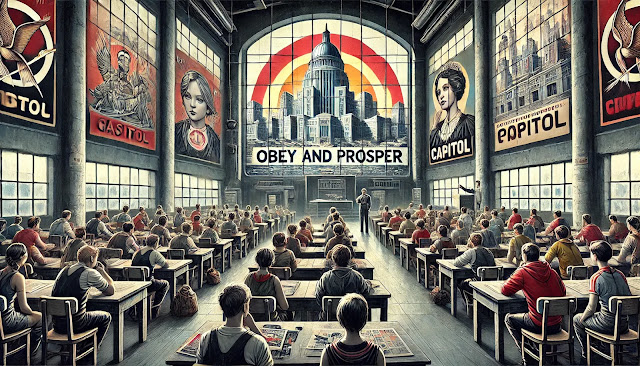Consumers' decision-making is easy, if they only recognize one option
Consumers
have various alternative ways to do their decisions. Some people try to be
rational and consider all possible options, some want to do easy decisions and
some want to minimize risks. It would be beneficial for the marketers to know
which system their customers use, because optimal marketing strategy is
different for each system. I shall introduce various decision making strategies
in this blog (in near future) and ponder the optimal marketing actions. The
decision making is very simple when one recognizes only one item and that item
is good enough.
When recognition heuristic is used
Recognition
heuristic can only be used in a situation when we recognize one alternative,
but not the other ones. We need to have an understanding, if the fact that we
recognize the alternative is correlated positively or negatively with our aim.
Recognition is a binary feeling, we either recognize or not. Recognition
heuristic (REC) was introduced by Goldstein & Gigerenzer (1999)[i].
REC is very simple to use, if we recognize one alternative, we can stop
searching. REC might be used when a person is choosing a book to read or a
movie to watch. For example, I might choose a film by Jennifer Aniston, because she is so entertaining, but
avoid choosing a film with Arnold Schwarzenegger, because he has been starring
in violent and in my opinion dull films. Recognition system can be successfully used
when we recognize only one item and that recognition itself is relevant for the
choice. For example:
- What is the biggest city? (Probably the one we have heard of)
- What is the deadliest disease? (Probably the one we have heard of)
How can marketers benefit from the knowledge of recognition system?
From
marketers point of view it would be ideal to be a brand, everybody knows. This
is costly and not generally a relevant option. Marketers can benefit from
recognition system by optimizing their marketing and product:
-
keeping
product packages and marketing similar in colors and style helps consumers
connect marketing and the product even with a slightest recognition
-
using
cues to help customers to recognize quality or values (for example house brands
or Fair Trade)
-
copying
famous brand by making the product or marketing remind it (this method has to
be used very carefully, since it easily slips into illegal or unethical
practices).
Recognition
can be manipulated. People remember if they have seen or heard about a brand
before, but they do not remember where. In other words they might not notice if
a person or brand is made popular by the advertiser or if they knew it earlier.
In an “Overnight fame”- experiment by Jacoby, Kelley, Brown & Jasechko 1989
showed that people did not know if they had run across a name yesterday in the
test or if they knew that earlier.
About 20% of consumers use recognition system
According to several my studies[ii]
women use recognition system more than men. Interestingly, the usage of REC
seems to be connected with age, middle-aged people use more than younger or older
ones. Education correlated clearly with usage of REC, the more educated people
the more they used it. More information about recognition system is found in
Wikipedia article.
[i] Goldstein, Daniel & Gigerenzer,
Gerd. (1999): ”The recognition heuristic: How ignorance makes us smart”,
chapter in book ”Simple heuristics that make us smart”, edited by Gigerenzer,
Gerd & Todd, Peter M. & ABC Research Group, Oxford University Press, p.
37-58
[ii] The choice of print media 2014, The
choice of electronic media 2014, The voter’s choice in European Parliament
election 2014


Comments
Post a Comment